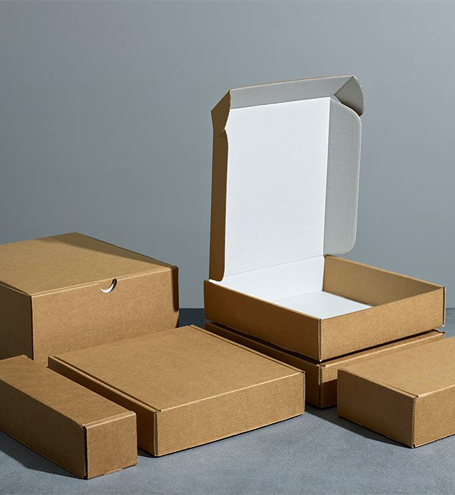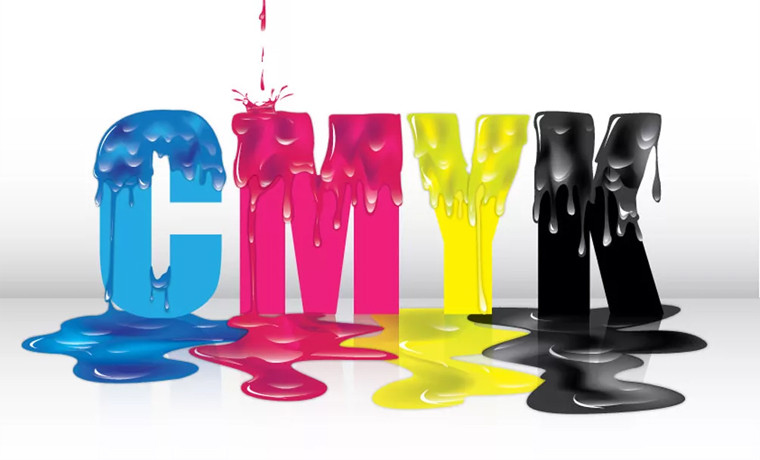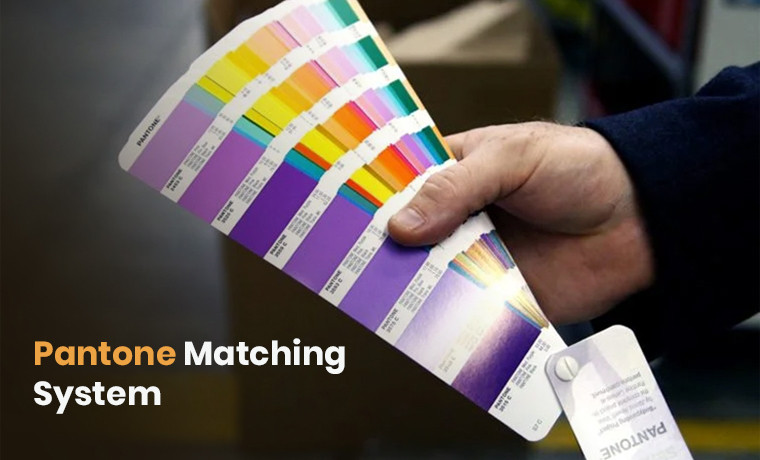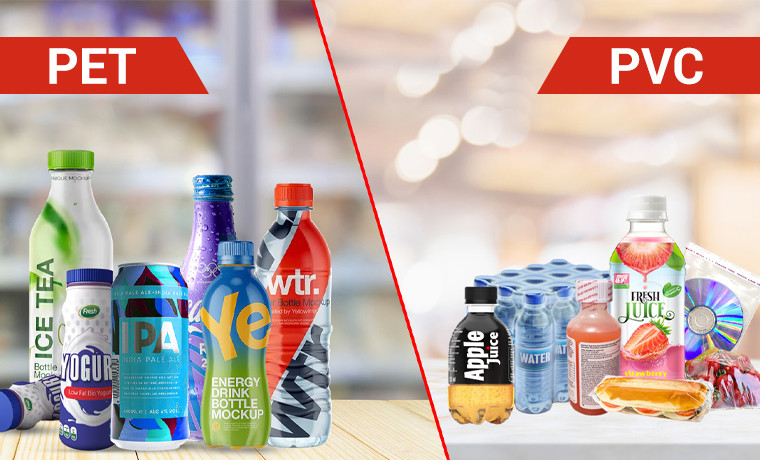What is The Difference Between Offset and Digital Printing?
September 08, 2025
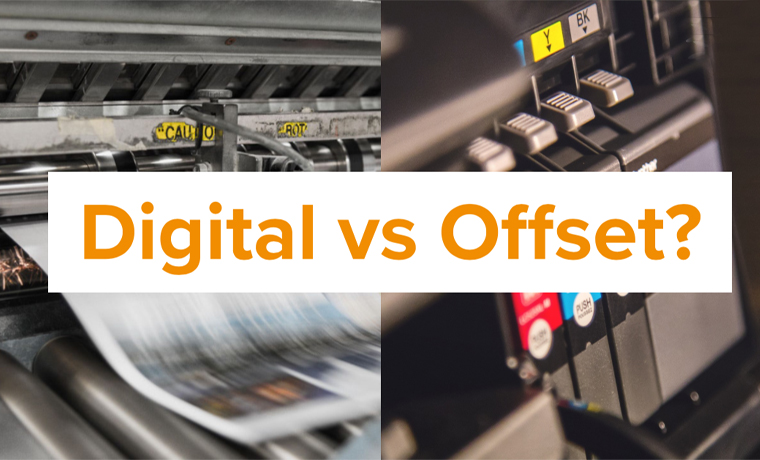
When you are new to printing and packaging, it’s normal to assume your printed materials will look just like they do on your screen. This is because the screens use RGB colors, while the printer uses CMYK. There can be slight differences. Your final print may not be an exact match to what you saw digitally.
This is a common mistake. A more expensive printing does not mean a better option. The right choice depends on your requirements. This is where the difference between offset printing and digital printing stands out. Not sure which printing method is right for your next packaging run? Choosing incorrectly could cost you time and money.
Let’s take a closer look at offset vs. digital printing with their pros and cons to help you make an informed decision.
What is Offset Printing?
Offset printing, also known as offset lithography printing, is a traditional printing technique that transfers ink from a metal plate to a rubber sheet (blanket) and then to the final surface. This method does not print directly onto paper. It uses rollers to ensure precision and consistency.
Once the offset printing press is set up, it runs large quantities efficiently, offering exceptional color accuracy and cost savings at scale.
Pros Of Offset Printing
- Good to print large quantities cost-effectively
- The more you print, the lower the price
- Can be used for printing with custom finishes
- Ideal for specialty inks
- Works best with a wide range of paper stocks
- Gives precise and accurate color reproduction
Cons Of Offset Printing
- Expensive when low quantities are printed
- Requires more setup time, which results in longer turnaround times
- Time-consuming
- Require proper attention to get a high-quality print outcome
- Less suitable for quick changes or customization
Best Offset Printing Examples and Applications
- Magazines
- Books
- Newspapers
- Brochures
- Packaging
- Posters
What is Digital Printing?
Digital printing is a modern method that uses inkjet or laser printers to apply ink straight onto the paper. No plate is required. It is ideal for:
- Short runs
- Printing the job in full color on plain paper quickly
- Fast turnaround times
- Projects that require customization
This method has revolutionized the industry and has simplified the production process without any additional effort required.
Pros Of Digital Printing
- Lower set-up cost for short runs
- Faster turnaround time
- Lower minimum quantities
- Affordable in black and white digital printing
- Variable data capability
Cons of Digital Printing
- Unable to print Pantone colors
- Lower color fidelity than offset printing
- Accommodates a smaller paper sheet
- Fade faster in sunlight
Top Digital Printing Examples and Uses
- Letterheads
- Envelopes
- Flyers
- Business cards
- Brochures
- Packaging
- Posters
- Stickers and labels
Big Differences Between Offset Printing Vs Digital Printing Quality
Here is a table to differentiate offset printing and digital printing.
| Features | Offset Printing | Digital Printing |
| Set up Cost |
Higher cost setup due to printing plates |
Lower as it is a direct print digital |
|
Print Quality |
High and sharp quality with superior image clarity and color fidelity | Good quality based on technology and media |
| Cost efficiency | Better for large print runs | Economical for small to medium print runs |
| Turnaround time | Longer setup and print times | Shorter setup and print times |
| Customization | Less flexible | Highly flexible |
| Material selection | Wide range of paper types | Bound by the printer's limitations |
|
Examples |
Newspapers and magazines | Business cards and flyers |
Which Printing Method is Best Fit for Your Packaging?
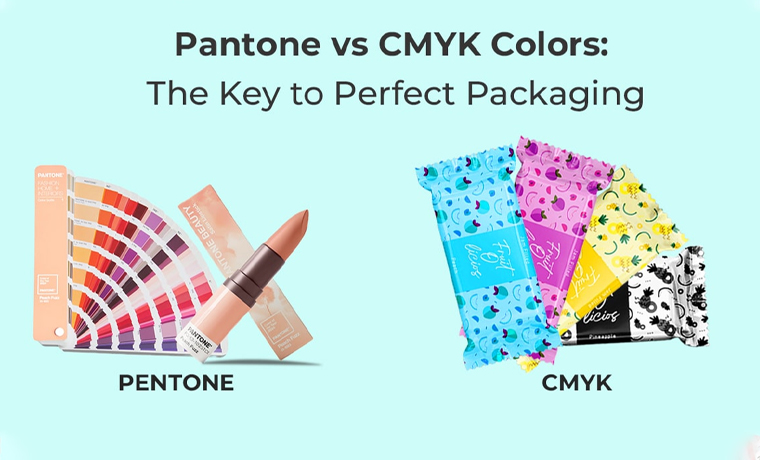
You have a clear understanding of these printing techniques. Put Pantone vs CMYK vs RGB aside. Now, let’s determine which printing technique is perfect for the packaging.
Rigid Box Packaging
When you need to print luxury perfume packaging with a high production setup, choose offset printing to achieve the best possible print quality.
Corrugated Boxes
Suitable for digital and offset printing. However, when you need to print smaller runs, prefer digital printing.
Durable Paperboard Packaging
Small retail display box packaging, pharmaceutical, and cosmetic packaging require offset printing.
In a Nutshell
Both offset and digital printing are an essential part of the print industry. Offset printing is more cost-effective for large print runs and delivers superior image quality.
Digital printing offering flexibility, is fast and affordable for small quantities and personalized materials. The right printing method comes down to your needs, from budget and quantity to timeline and the quality you are looking for.
Need help? Contact Custom Product Packaging for expert advice tailored to your project. Email us at: orders@customproductpackaging.com.
